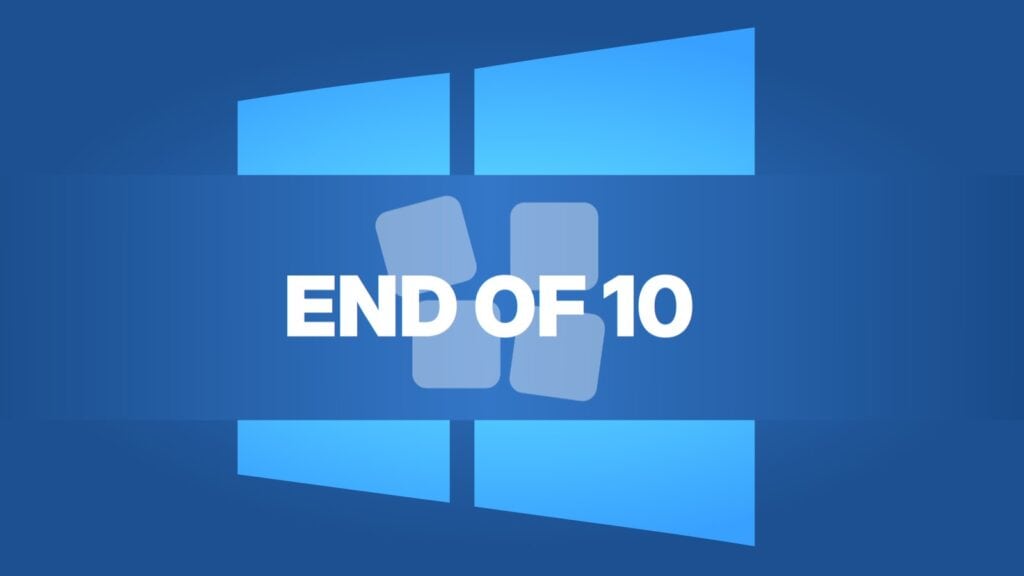If you’ve somehow missed it up to this point, here’s the gist of the story: on October 14, 2025, Microsoft prepares to end support for Windows 10, so millions of users face a pivotal decision: invest in new hardware or seek alternative solutions.
Are you wondering why? Here’s the deal: Many PCs that run Windows 10 just fine, especially those older than 2017, lack TPM 2.0 or UEFI Secure Boot, making them ineligible for a Windows 11 upgrade.
So, even if their PC works well, users will feel forced to upgrade to stay protected—and if their hardware isn’t supported by Windows 11, the only viable option is to buy a new computer.
In short, your current hardware will not suddenly stop working—it may no longer be safe or supported. With Windows 11 requiring modern hardware features, upgrading the OS often means upgrading your PC, too.
The good thing about this is that it creates a big opportunity for the Linux community to welcome a huge wave of Windows 10 users. Some major Linux distributions are already promoting this—some more subtly, others more assertively. But now, there’s something new on the horizon: say hello to the ‘End of 10’ initiative.
It emerged from a collective desire to challenge the notion that aging hardware must be discarded. Recognizing that many computers purchased after 2010 remain capable, ‘End of 10’ promotes Linux as a viable, efficient, and sustainable alternative to purchasing new devices.
The initiative brings together key figures from major open source projects and organizations, like the KDE and GNOME desktop environments, Free Software Foundation Europe (FSFE), and others. The main goal is:
- Empower Users: The campaign provides resources and guidance to assist individuals in transitioning from Windows 10 to Linux, ensuring their devices remain functional and secure.
- Promote Sustainability: The initiative underscores the environmental benefits of extending device lifespans by highlighting that over 75% of a computer’s carbon footprint is generated during manufacturing.
- Foster Community Engagement: Through a network of repair cafés and independent computer shops, users can access hands-on support, making the switch to Linux more approachable.
As the main advantages of Lynux, the initiative highlights some pretty well-known things to both of us, but let’s go over them one more time just to recap: superb performance, privacy-centric, no ads, no viruses, user autonomy, and last but definitely not least, amazing community.
And finally, here’s my take — will the end of Windows 10 push a big wave of users over to Linux? Honestly, probably not as many as you or I might hope. Still, it’s worth keeping an eye on OS user stats after October, because there will be a shift — even if it’s small.
